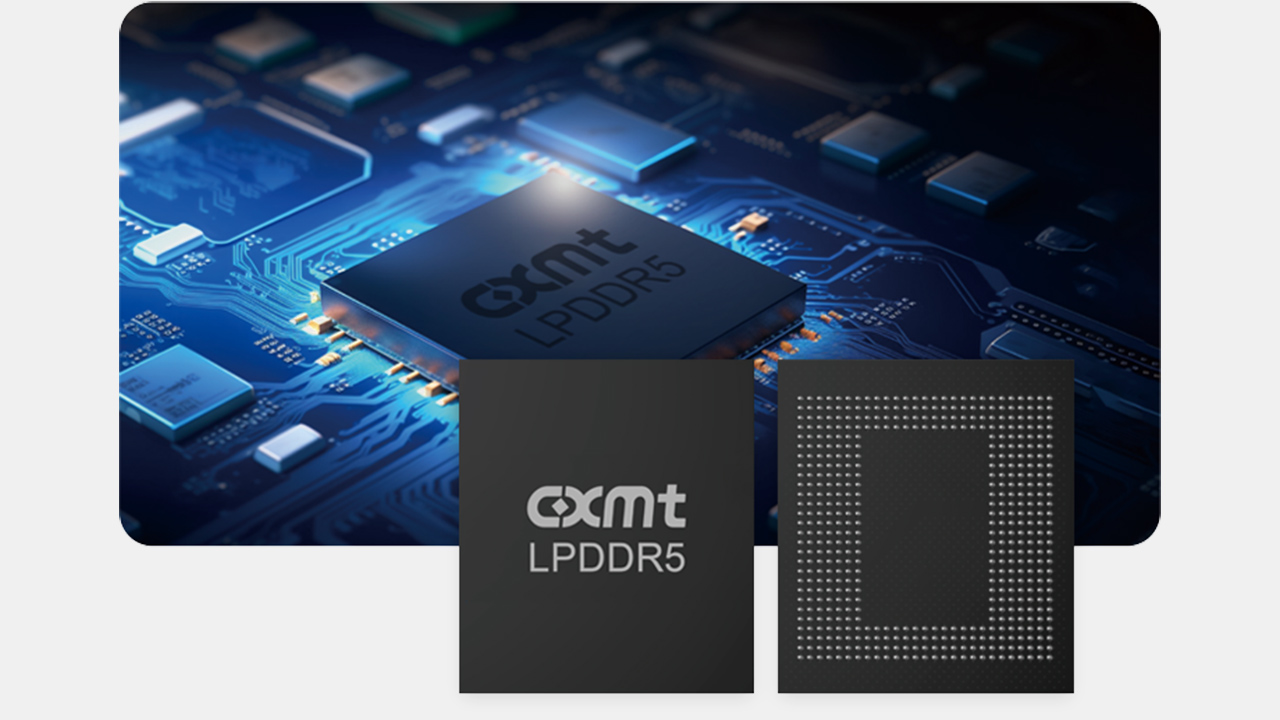
Chinese DRAM makers Changxin Memory (CXMT) and Fujian Jinhua are aggressively expanding production and cutting prices, reports DigiTimes. Right now, the two manufacturers sell their DDR4 components with a 50% discount compared to similar ICs made by South Korean makers and in some cases, these DRAMs are even cheaper than reballed memory chips.
CXMT's production capacity has surged from 70,000 wafers per month (WPM) in 2022 to 200,000 WPM in 2024, the report says. The company aims to increase its output to 300,000 wafers per month and capture 11% of the global DRAM market in the coming years. Fujian Jinhua, despite being sanctioned by the U.S. government, has also managed to ramp up its DDR4 production.
The oversupply of DDR4 chips has resulted in sharp price competition, with Chinese manufacturers offering up to 50% lower prices than Micron, Samsung, and SK hynix and 5% below even second-hand reballed memory chips. This aggressive pricing is pushing prices in the DDR4 market down, particularly impacting the consumer segment. Yet, industrial clients remain cautious with regard to adopting Chinese DRAM.
Reacting to this intense price pressure, Korean DRAM firms are reducing their DDR4 production and shifting to DDR5 and HBM3 memory - ICs that Chinese vendors cannot mass produce right now. This move is aimed at maintaining profitability and countering the cost-competitive advantage Chinese manufacturers currently hold in the DDR4 segment. This shift to DDR5 and HBM3 is expected to stabilize the DRAM market by addressing oversupply and redirecting resources toward more advanced, high-demand memory technologies.
The Chinese government has actively supported this DRAM expansion through subsidies and national policies, fostering a domestic production surge. This support enables Chinese manufacturers to offer highly competitive prices, with little concern for immediate profitability, as they focus on establishing dominance in both local and international markets.
Chinese DRAM manufacturers are also exploring indirect entry strategies into regions like India, where they hope to leverage partnerships with Taiwanese brands. This approach is intended to mitigate political and economic risks associated with the 'Red Supply Chain' and to expand their footprint in markets wary of direct Chinese products.
Changxin Memory recently faced a production setback due to a human error that resulted in 65,000 wafers being scrapped, impacting its ability to meet delivery schedules. The error led to penalties for several executives. Nonetheless, Changxin’s long-term expansion remains on track, with capacity growth and ongoing upgrades at both its Hefei and Beijing fabs.







